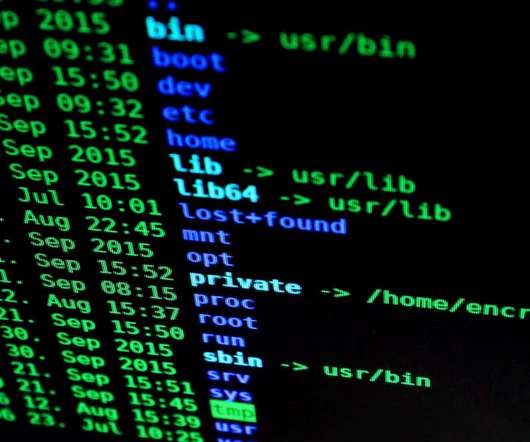Signed Malware
Schneier on Security
FEBRUARY 2, 2018
What's more, it predated Stuxnet, with the first known instance occurring in 2003. The results are significant because digitally signed software is often able to bypass User Account Control and other Windows measures designed to prevent malicious code from being installed.















Let's personalize your content